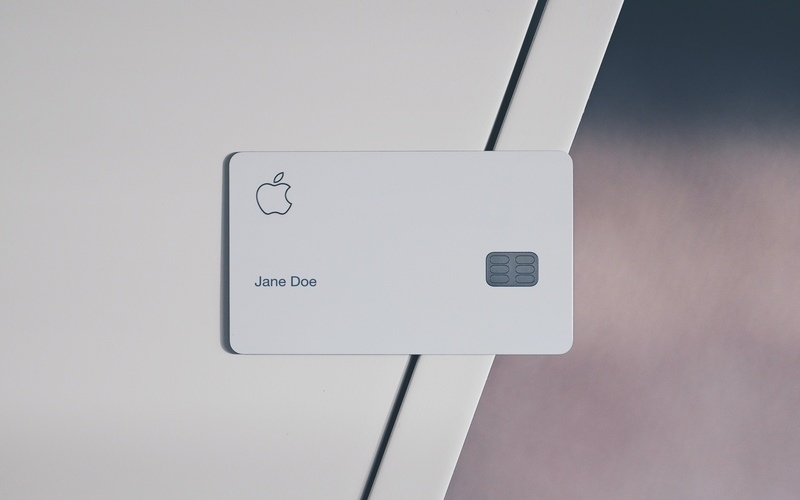With much of the nation buoyed by heavy rains and floods throughout the first quarter of the year, GDP showed resilience growing for the second consecutive quarter with the ABS flagging strength in household consumption attributing to the growth.
The ABS revealed household spending was strongest in the eastern states most affected by Delta wave restrictions in the second half of last year; the Australian Capital Territory increased 3.0%; Victoria 2.7%; and New South Wales 1.9%.
This was reflected in the household savings ratio decreasing to its lowest level in the pandemic era.
Sean Crick, acting head of National Accounts at the ABS, said following the easing of COVID-19 restrictions, household spending on transport services, hotels, cafes and restaurants, and recreation and culture increased.
Further, the ABS revealed consumer prices rose 2.1% during the March quarter 2022 and 5.1% over the year.
This was the fastest quarterly growth in consumer prices since September quarter 2000 and the fastest annual increase since June 2001. The major drivers of consumer price increases were housing and fuel.
Revising forecasts following strong business indicator data released by the ABS earlier this week, Westpac forecast a 0.6% increase in GDP this quarter up from 0.2%, while ANZ forecast a 0.8% increase up from 0.6%.
ANZ Senior Economist Felicity Emmett said it is also worth noting that the broadest measure of consumer inflation (the household consumption deflator) had the highest quarterly increase since 1990.
"This suggests to us that policy needs to lean more strongly against the broadening of inflation pressures," Ms Emmett said.
"As such we think the strength of the price and wage measures in the GDP data should be enough to convince Governor Lowe that there is a very strong argument to deviate from a regular 25 basis point move and get the cash rate a little higher a little bit faster."
Image by Arun Thomas via Pexels



 Harrison Astbury
Harrison Astbury
 Harry O'Sullivan
Harry O'Sullivan

 Hanan Dervisevic
Hanan Dervisevic
 William Jolly
William Jolly

